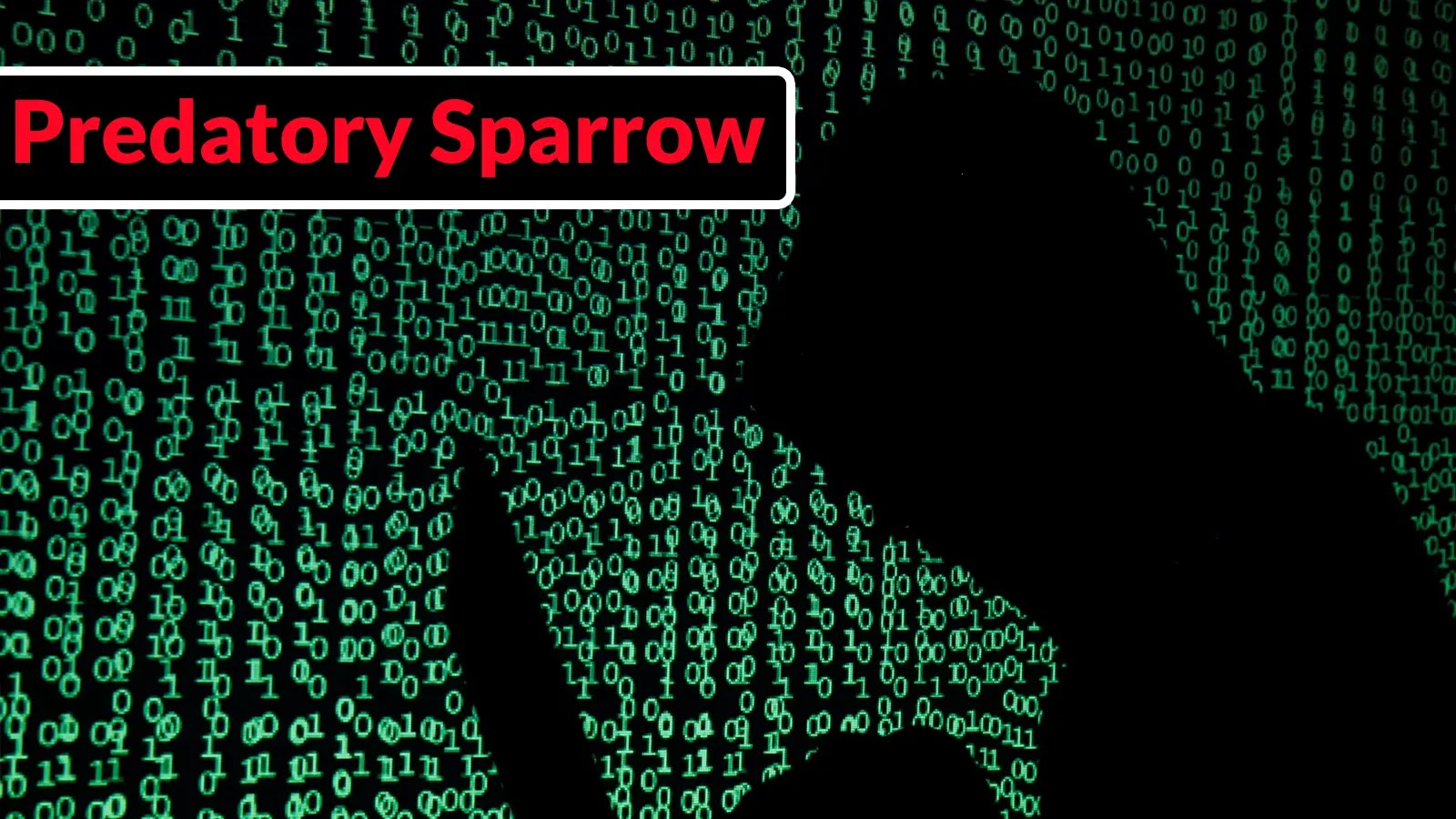
Predatory Sparrow Group Attacking Critical Infrastructure to Destroy Data and Cause Disruption
The digital arteries of our modern world – critical infrastructure networks – are under relentless siege. From power grids to financial systems, these vital digital ecosystems are increasingly targeted by sophisticated actors aiming to sow chaos and disruption. A prime example of this escalating threat is the emergence of the “Predatory Sparrow” group, a highly destructive cyber-sabotage entity that has been actively dismantling and corrupting critical assets across the Middle East. Their operations serve as a stark reminder of the devastating potential of cyber warfare and the urgent need for robust defensive postures.
The Menacing Rise of Predatory Sparrow
Predatory Sparrow has carved out a reputation as one of the most aggressive and damaging hacktivist groups operating today. Believed to be linked to Israeli interests, their cyber campaigns have primarily targeted Iranian and Syrian critical infrastructure since at least 2019, with activity projected to continue through 2025. Unlike typical data breaches focused on exfiltration for financial gain, Predatory Sparrow’s primary objective is outright cyber sabotage, aiming to destroy data and cripple operational capabilities. This destructive intent elevates them beyond mere hacktivists to a significant geopolitical threat.
Targeting Critical Infrastructure: A Coordinated Campaign
The group’s operational scope is alarmingly broad, encompassing a diverse range of critical sectors. Reports indicate successful attacks against:
- Railways: Disrupting transportation networks, causing delays and potentially endangering public safety.
- Steel Plants: Hitting industrial control systems (ICS) and operational technology (OT), leading to production halts and economic damage.
- Financial Institutions: Undermining economic stability and public trust through data destruction and service denial.
- Oil Terminals: Jeopardizing energy supply chains and environmental safety.
- Payment Systems: Disrupting commercial transactions and consumer services.
- Municipal Infrastructures: Affecting essential public services suchating water treatment or waste management.
The consistent targeting of these foundational services underscores a strategic intent to destabilize nations and exert influence through digital means. The attacks are not merely defacements but often involve the destruction of data and the incapacitation of systems, highlighting a “scorched earth” approach to cyber warfare.
Tactics and Techniques: Data Destruction and Disruption
While specific technical details of Predatory Sparrow’s exploits are often kept confidential for security reasons, their impact points to sophisticated attack vectors. These likely include:
- Wiper Malware: Employing malicious software designed to permanently erase data from infected systems, rendering them inoperable.
- Ransomware (with Destructive Intent): While often associated with extortion, some ransomware attacks are designed with no intention of providing a decryption key, serving purely as a disruptive and destructive tool.
- Exploitation of IT/OT Segregation Gaps: Leveraging vulnerabilities in the often-fragile boundary between traditional IT networks and operational technology (OT) systems that control industrial processes.
- Supply Chain Attacks: Compromising trusted software suppliers or vendors to gain access to target infrastructure.
- Insider Threats or Social Engineering: Potentially exploiting human vulnerabilities to gain initial access or escalate privileges.
The consistent outcome of these attacks – data destruction and systemic disruption – suggests a deliberate and well-resourced adversary focused on maximal damage rather than data theft.
Remediation Actions and Cybersecurity Posture
Defending against groups like Predatory Sparrow requires a multi-layered, proactive cybersecurity strategy, particularly for organizations managing critical infrastructure. Here are actionable steps:
- Robust Network Segmentation: Implement strict network segmentation, particularly between IT and OT environments. Utilize firewalls and VLANs to isolate critical systems.
- Regular Data Backups and Recovery Plans: Maintain offsite, immutable backups of all critical data. Regularly test recovery procedures to ensure business continuity in the event of a wiper attack.
- Incident Response Plan Development and Testing: Establish a comprehensive incident response plan specifically for destructive cyberattacks. Conduct regular tabletop exercises and drills.
- Endpoint Detection and Response (EDR) Systems: Deploy advanced EDR solutions across all endpoints to detect anomalous behavior and potential malware activity.
- Proactive Vulnerability Management: Continuously scan for and patch vulnerabilities in all systems, with a particular focus on CVEs affecting industrial control systems and critical operating systems. Stay informed about recently disclosed vulnerabilities, even if not directly linked to specific Predatory Sparrow attacks, as they represent common entry points.
- Strong Access Controls and Multi-Factor Authentication (MFA): Enforce the principle of least privilege. Implement MFA for all remote access and privileged accounts.
- Employee Security Training: Educate staff on social engineering tactics, phishing risks, and the importance of reporting suspicious activities.
- Threat Intelligence Integration: Subscribe to and integrate high-quality threat intelligence feeds to stay abreast of emerging threats, attacker tactics, techniques, and procedures (TTPs).
- Industrial Control System (ICS) Security Audits: Conduct specialized security audits for OT environments to identify and mitigate unique vulnerabilities.
- Supply Chain Risk Management: Vet all third-party vendors and partners. Ensure they adhere to high cybersecurity standards, as they can be a significant attack vector.
While no specific CVEs have been publicly attributed to Predatory Sparrow’s methodologies in a detailed manner, the general recommendations above cover common vectors of attack often associated with nation-state or highly sophisticated hacktivist groups. Staying updated on general security best practices and emerging threats is paramount.
The Long Shadow of Cyber Sabotage
The activities of the Predatory Sparrow group undeniably demonstrate a dangerous evolution in cyber warfare. Their focused campaigns to destroy data and disrupt critical infrastructure signify a shift from espionage or financial gain to outright digital sabotage, with potentially catastrophic real-world consequences. As geopolitical tensions escalate, so too will the threat of such destructive cyber operations. Organizations and nations alike must prioritize robust cybersecurity defenses, foster international cooperation, and continuously adapt to the changing threat landscape to safeguard our interconnected world from these digital predators.





